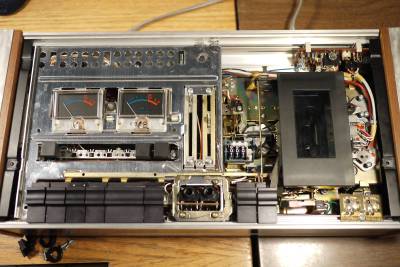Image-generating AIs are typically trained on huge arrays of GPUs and require great wads of processing power to run. Meanwhile, [Nick Bild] has managed to get something similar running on a Commodore 64. (via Tom’s Hardware).

[Nick’s] model was trained on 100 retro-inspired sprites that he created himself. He did the training phase on a modern computer, so that the Commodore 64 didn’t have to sweat this difficult task on its feeble 6502 CPU. However, it’s more than capable of generating sprites using the model, thanks to some BASIC code that runs off of the training data. Right now, it takes the C64 about 20 minutes to run through 94 iterations to generate a decent sprite.
8×8 sprites are generally simple enough that you don’t need to be an artist to create them. Nonetheless, [Nick] has shown that modern machine learning techniques can be run on slow archaic hardware, even if there is limited utility in doing so. Video after the break.

















 The Tandberg unit is beautifully finished in wood and metal, a style of construction that’s fairly rare these days. It’s got big, chunky controls, and a certain level of heft that is out of vogue in modern electronics. Heavy used to mean good — these days, it means old. That’s not to say it’s indestructible, though. It’s full of lots of old plastic pulleys and fasteners that have aged over the decades, so it’s a little fragile inside.
The Tandberg unit is beautifully finished in wood and metal, a style of construction that’s fairly rare these days. It’s got big, chunky controls, and a certain level of heft that is out of vogue in modern electronics. Heavy used to mean good — these days, it means old. That’s not to say it’s indestructible, though. It’s full of lots of old plastic pulleys and fasteners that have aged over the decades, so it’s a little fragile inside.









